
Drumming Creates New Possibilities....
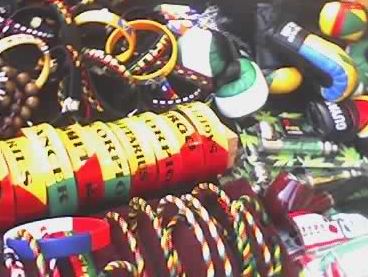
Decorate Yourself! -Handcrafted Jollity
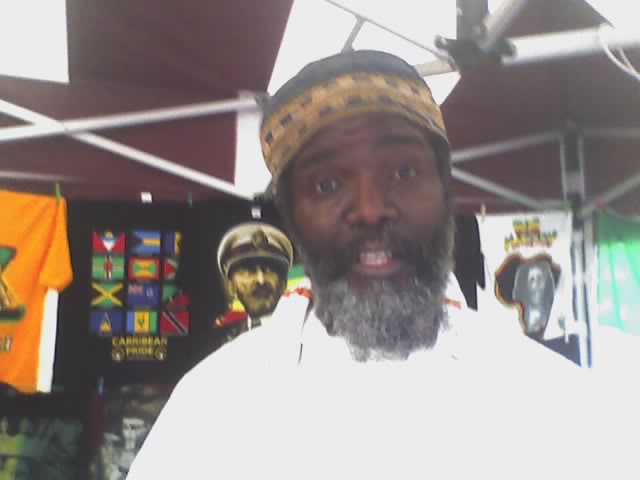
Natural Is The Key To Everything...
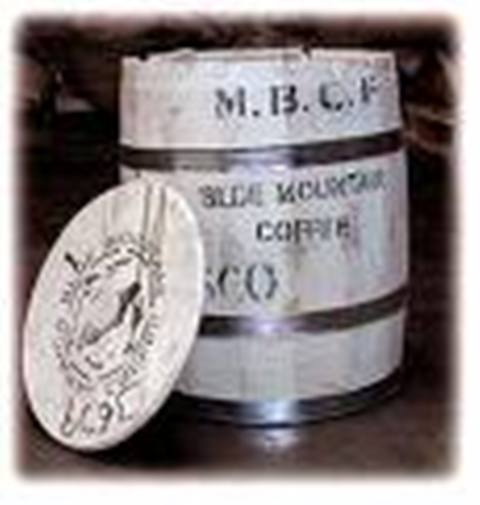
Blue Mountain Coffee: Look for Wallingford, Mavis Bank, Old Tavern
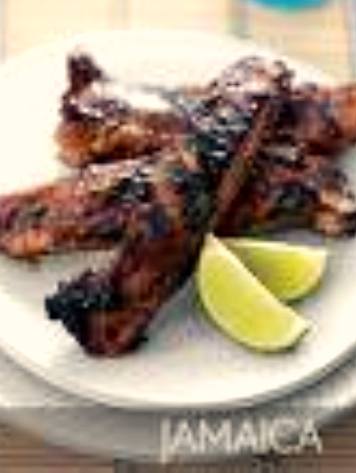
Food Fit For Heroes! Jerk Chicken
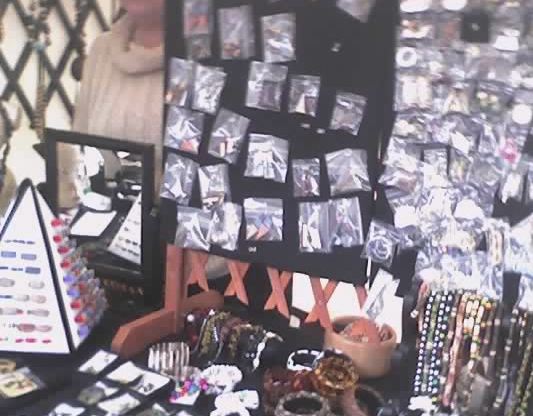
A Glimpse of hilary with Chapeltown Emporia's Hand Crafted Jewellery

From Market to Corner Shop The World is a Small Place
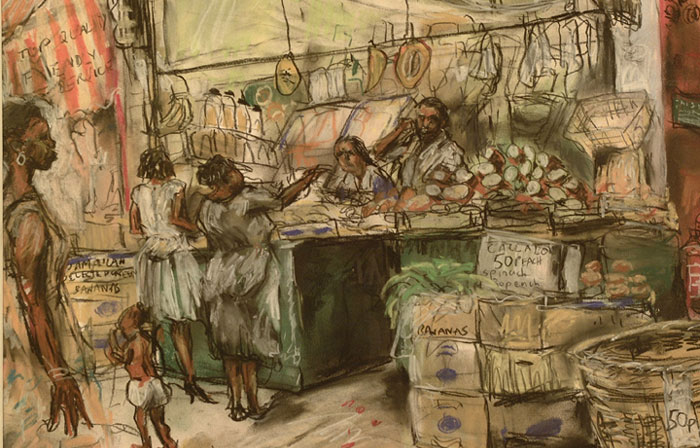
David Williams: Beautiful Sketch of a Carbbean Market
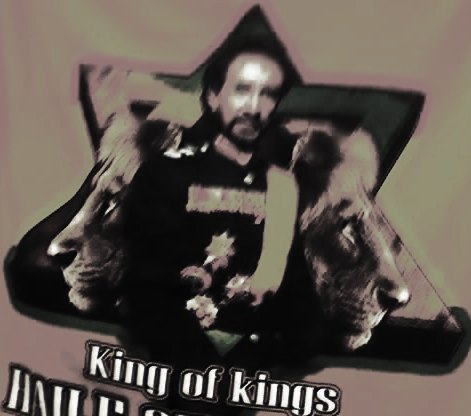
Emperor Heile Selaisse With Both Lions in The New Market Square
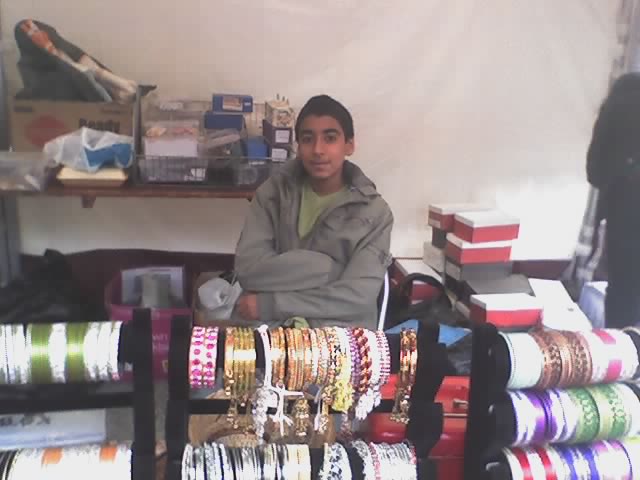
At The End of The Day: This is My Stall- Babita
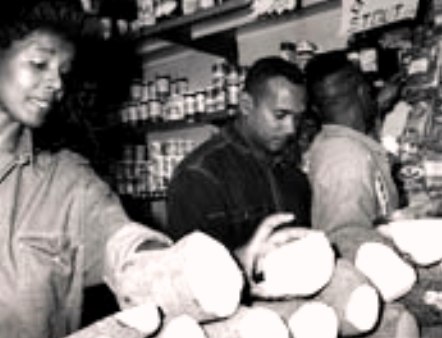
Back In The Day! Nottingham's Caribbean Market Stall 1983

Kaen Sonko of Leeds Chapeltown Emporium
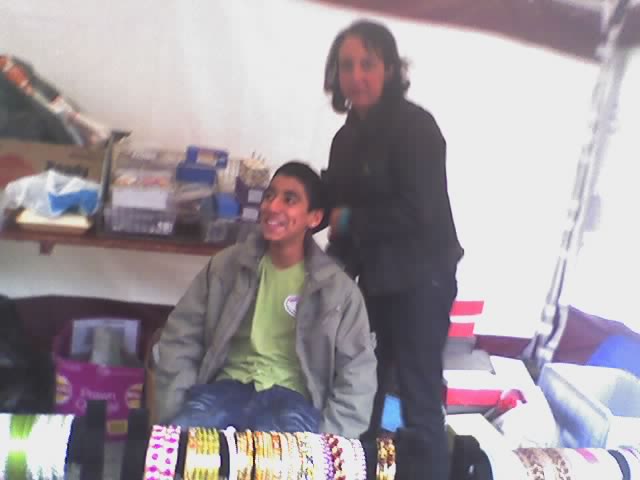
Denesh and Babita: Bindis, Bangles, Bracelets and Scarves..
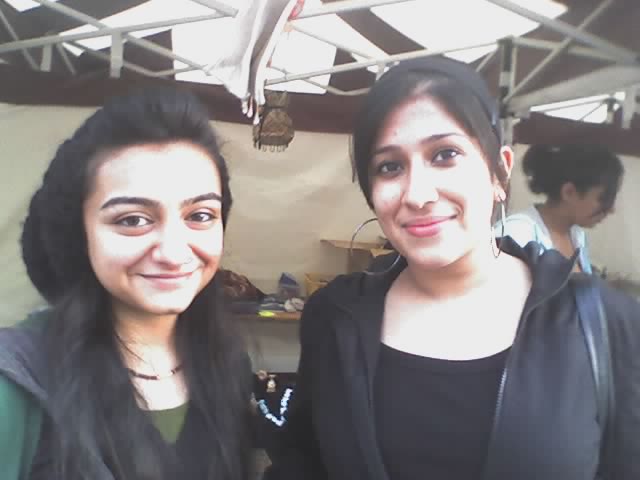
Lilas and Gaz Lawyer and Designer of The Future: We Love Markets

Morag Williams: Batik as an Educational Tool

Reflect on What Nottingham Can Be...

They Came From All over Nottingham....
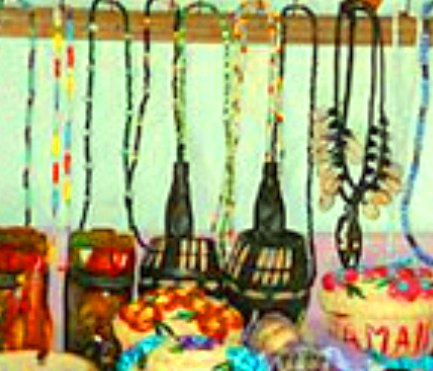
Jamaican Market Stall
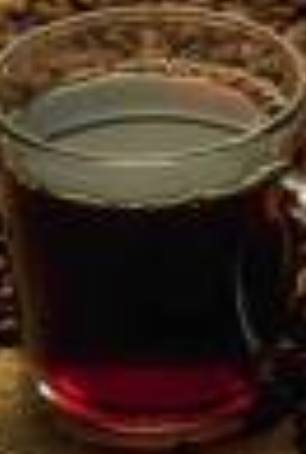
Blue Mountain Coffee: Check for Floral Aromatics, Sweetness, Wet Aroma

Waterfalling in Jamaica
When we look at Jamaica and Africa, let's see them as countries with innovators, technologists, entrepreneurs. In this first market, let's look at how they managed to put a quart in a pint pot, combining their brief of commemoration, education, celebration, entrepreneurship and collaboration (phew!).
They're a resourceful lot. As the Jamaicans say 'Every mickle mek a muckle' which sounds like canny common sense.
Applause:
Some of The Cast: (Apologies to those missed or not documented):
Julew, Guve, Jason of Snackers on the Road, Caribbean Takeaway: Jerk Chicken, Patties, Halal Meat Burgers, Hot Dogs Dumplings.
Takeaway Food: Volunteers: Caroline from Bulwell St Mary's School with her mum, Sarah from Bilborough Sixth Form studying Psychology, Media, Sociology, Media, Chantelle studying at Bramcote Park for a Young Apprenticeship.
Morag Williams: Batik as a fashion and educational tool. Akiwali: music from Reggaeton to Legend to Culture Mix, Dennis Brown, Bridget Blucher Gerr Thompson, Selassie Son. Imprints of Jamaican History, educational resources:
www.jamericanwareandgear.com
Denesh Nugent and Babita Arjan: Bindis, Bangles, Scarves Jewellery.
Lilas and Gaz Trent University Law and Design Students: 'We always support markets'
Karen Sako and Hilary Highson from the Leeds Chapeltown Emporium 'From greeting Cards through Handmade Crafts to Furniture'.
Folakemi was selling lots of Stew, Fish, Plantain, Fried Rice....
as well as hats, cds, crystals....
Sharon Lindo Coore and Bob Chaffin, Nottingham City Council Arts and Entertainments, surveyed the response and conducted events...
S A Silver Keyworth mum and dad doing their bit for their daughter's silver jewellery....
Anita Davies: The Shea Butter Lady! Her day job is in Human Resources, but everywhere else she metamorphoses into 'In Nature' Woman. The Shea Tree is known to be planted by at least three species of fruit bats in Western Africa.
The Shea Tree has been part of Central and Western African daily life for centuries.
The Shea fruit, butter and oil are an important source of calories for Central African people.
The Shea Tree's roots, bark, leaves, oil and butter are used to treat many different medical conditions.
The Shea Tree has spiritual significance for Central and Western African people.
Shea Butter, from the kernel of the Shea fruit seed or nut, is traditionally made and sold by women. It is an increasingly important global commodity. The money from the fair trade sale of Shea Butter through womens' cooperatives gives an economic advantage to poor, illiterate women in some of Africa's poorest countries.
In Africa the Shea Tree is also known as Karite. Karite is an African word which means "life".
Karite grows wild from seed. Seed-planting fruit bats help to ensure continued life for this tree of life.
Joseph, thanks for your wonderful animal figures: Giraffes, Cats, Elephants, Horses...
-and especially for your Didgeridoos. As you said: 'This has been very good, considering it's the first one, I'm satisfied'.
Wilok’s International Food Store: Iwisa No 1 Webu Garu, Menze, Malta Guiness, Mango Atchar, Palm Oil, Catfish Fillet
AFRIK African International Network From the Beeston Volunteer Centre Thanks to Moji Obasa Adeiga
Ligay- an NGO based in Gambia: Karen Sonko is their UK Director. They work to reduce street begging in Gambia and are looking to collaborate with groups here....
Muji and Ernest: Outside Catering: Caribbean Patties Chicken Dumplings, Jerk Chicken, Rice and Peas, Curried Mutton...
And these are dynamic people from dynamic parts of the world that are changing daily....
In Jamaica today, there are five rum distilleries where fifty years ago there were one hundred and fifty. New processes have speeded up the production of their world renowned product distilled from sugar cane. It’s still 150% proof though! New technology is enabling Jamaica to produce the world's most superior sugar.....
Technology, however, is more than silicon chips, mobile phones and graphical user interfaces. It relies on an observant, opportunistic mindset. It’s steeped in history.
Consider the technological frame of mind that allowed reciprocal trading relationships with African villages to be turned into the abuse of labour that created plantation wealth, financed industrialisation, freed slaves, expected loyalty through two world wars…
In Nottingham we are commemorating 250 years since the abolition of slavery. Hanover, a parish in Cornwall, Jamaica, is partnered with Nottingham. The history of Jamaica is the history of Britain, its land divided up by Sir Thomas Modyford in 1664 into seven parishes. By 1758 the three counties of Surrey, Middlesex and Cornwall were created to facilitate a legal system which accommodated people from India, Ireland, China, South America, Germany and America.
If you want to know anything about migration and immigration, look at Jamaican history. The land of Jamaica is present everywhere in our literature and culture and it was present at the African Caribbean Market on Saturday 3rd November.
A great book on Jamaica's History is Pieces Of The Past: A Stroll Down Jamaica's Memory Lane by Rebecca Tortello. It was serialised in 'The Gleaner' and illustrated by Heather Kong ISBN 978-976-37-301-6

 e-mail:
e-mail:
